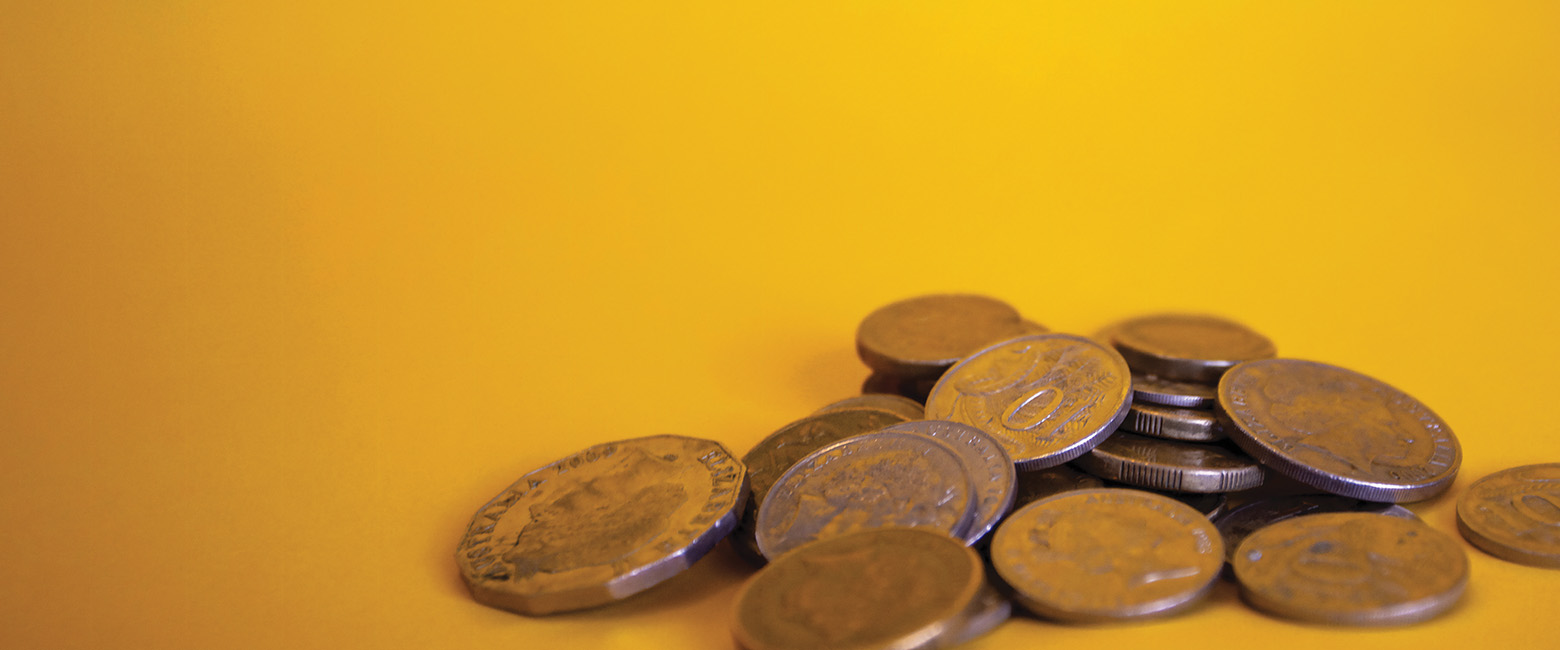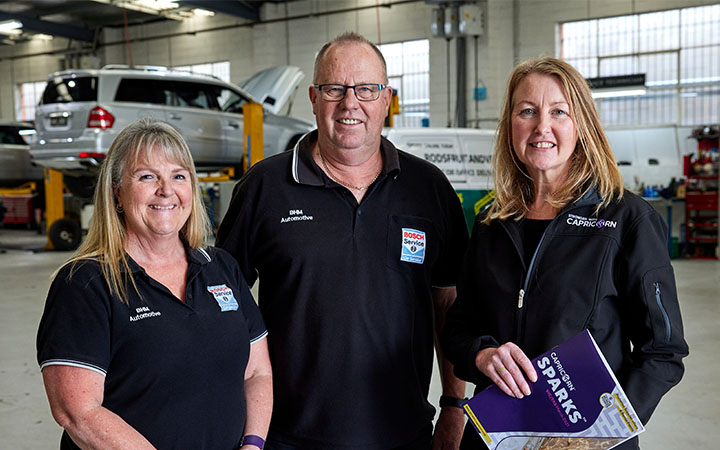We know from State of the Nation 2022 that for more than a quarter of Capricorn Members, being able to pay yourself a steady wage is considered a marker of success.
Are you paying yourself enough?
As money-related markers of success go, it comes between being profitable and having no financial stress (58%) and being able to efficiently manage cash flow (19%).
But how do you work out just how much you should be taking home in your pay packet each week? How do you know if you’re paying yourself enough? Could you be short-changing yourself and your family, and not adequately rewarding yourself for your efforts? Or could you be overpaying yourself, with potentially negative effects on your cash flow, your ability to respond to crises, or your means to invest?
What is a workshop owner’s role worth?
To find out how much a workshop owner should be paying themselves, we asked automotive business coach Rachael Evans, the Workshop Whisperer, for her advice.
“In general terms, they should be paying themselves the equivalent of what they could go and earn out in the market for every single thing they do for the business,” she said. “That’s a sixfigure sum, straightaway.”
That’s because when you’re running a business, you’re not just a mechanic. You’re often doing everything from managing the books to doing the hiring and firing to ordering parts and stock to looking after the marketing.
But how do you work out the actual value of your contribution to the business?
Calculating your value to the business
Rachael said when she works with workshop owners, she has them implement a financial management system that helps them work towards a predetermined set of percentages the business should be operating on, including the owner’s salary. Perhaps predictably, those percentages are all based on revenue.
So, what does that look like in practice?
“Let’s say their revenue is between $500,000 and $1 million dollars a year,” Rachael said. “This would put them into a bracket that means that what they pay themselves, or what’s available to them to receive, is about 20% of revenue. Now that doesn’t mean that they have to pay themselves that, but that’s what their share of the pie is for their pay.”
This percentage is, very specifically, your wage as a business owner. It’s called “owner’s compensation” and it covers all those day-to-day things you do for the business.
Owner’s compensation versus profit distribution
“The other way workshop owners need to be paid is through profit distribution, because salary is just the reward for the everyday work that they do inside the shop,” Rachael said.
“Profit distribution is the reward for the risk they take of owning the business and employing all those people and being the one who has to withstand the market’s ups and downs.”
How profits are dispensed in a business will depend on a range of factors, like the company’s structure, the number of shareholders and the percentages of their holdings, and any profitsharing agreements in place. The amount available for distribution may also depend on any longterm business planning, including scheduled investments in new technology, plant, equipment, property or additional staff.
“If they’re following a financial management system, there’ll be a percentage which will apply to profit sharing, based on their revenue again,” Rachael said.
“If your owner’s compensation is at 20%, then your profit distribution is going to be somewhere between five and 10%, and they should take that quarterly.”
The amount you’re able to pay yourself may also be heavily influenced by the maturity or development stage of your business. If you’re a startup or a new owner, cash flow may be tight. If you’re an established business investing in a growth phase, you might need to take home less money in the short-term. If you’re nearing retirement, perhaps you pay yourself more to top up your savings or your superannuation.
Don’t short-change yourself, but think long-term
It is quite common for small business owners to pay themselves a smaller salary and top up their incomes with dividends from profits. Others may only pay a salary.
“If you’re only taking salary or wage, then you’re actually doing yourself out of the real benefit of business ownership, which is profit distribution,” Rachael said.
Talk to your accountant for the most effective way to structure your income for you, your family and your business, but make sure you’re not undervaluing your contribution to the business. Your accountant will be able to help you maximise your personal income, while ensuring that your cash flow is sustainable and your business prospers in the long-term.
Remember, nearly six in 10 Members told State of the Nation being profitable and having no financial stress was a key marker of business success. In fact, it was second only to doing highquality work (on 60%) when we asked Members what success looked like.


